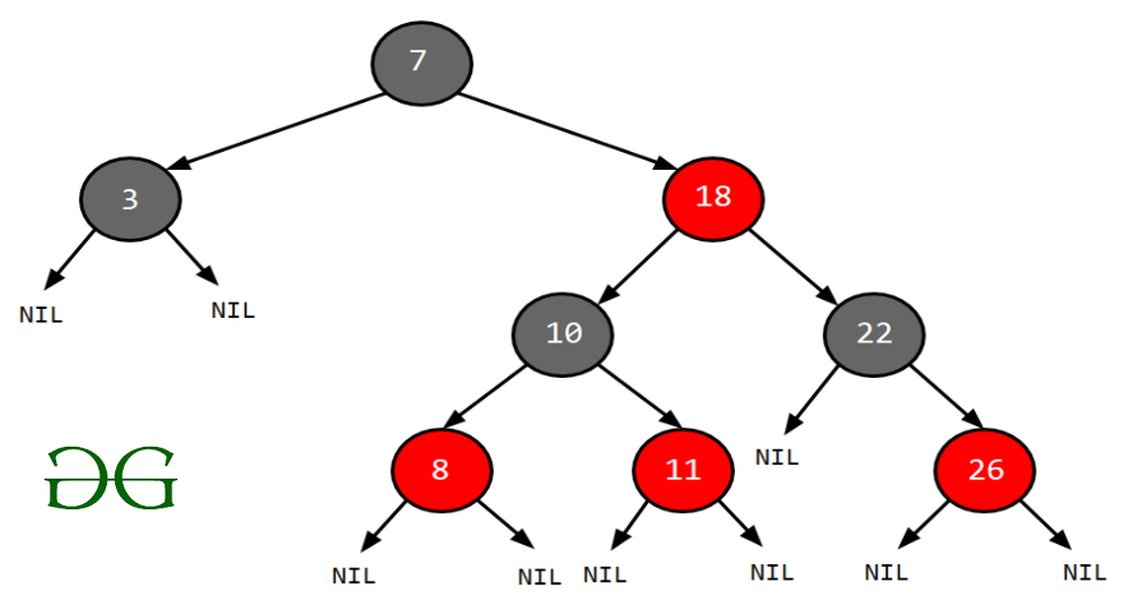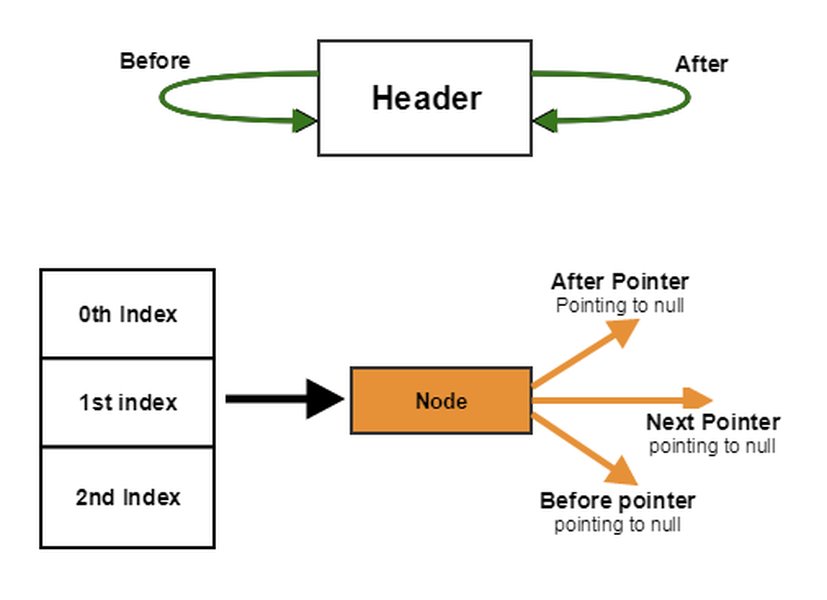
Navigating Java's Map Implementations: TreeMap vs. LinkedHashMap
Unveiling the Core Distinctions and Ideal Use Cases for Ordered Data Structures
In the expansive world of Java programming, the java.util.Map interface is a fundamental building block for storing data as key-value pairs. While all Map implementations serve this core purpose, their internal mechanisms and guarantees regarding element order and performance differ significantly. Among the most commonly used implementations, TreeMap and LinkedHashMap stand out for their distinct approaches to managing data, particularly concerning key ordering. Understanding these differences is crucial for developers to select the most appropriate Map for their specific application needs, optimizing both performance and data integrity.
Key Insights into TreeMap and LinkedHashMap
- Ordered Storage:
TreeMapinherently stores its entries in a sorted order based on the keys, either by their natural ordering or by a customComparator. In contrast,LinkedHashMapmaintains the insertion order of elements, meaning iterating through its entries will yield them in the sequence they were added. - Performance Characteristics:
TreeMapoperations (get,put,remove) generally exhibit a time complexity of \(O(\log n)\) due to its tree-based (Red-Black Tree) implementation.LinkedHashMap, leveraging a hash table with a doubly linked list, offers a more efficient \(O(1)\) average time complexity for these operations, similar toHashMap. - Null Key/Value Handling:
LinkedHashMappermits one null key and multiple null values, mirroringHashMap's behavior. However,TreeMapdoes not allow null keys because sorting null keys is undefined, although it does permit multiple null values.
Understanding the Core of Java Maps
The java.util.Map interface defines a contract for objects that map keys to values. Each key in a Map is unique, and it maps to exactly one value. This structure is incredibly versatile for various programming tasks, from caching data to building dictionaries or symbol tables. While the interface itself dictates behavior, its various implementations provide different underlying data structures and algorithms, leading to distinct performance characteristics and ordering guarantees.
The Purpose of Ordering in Maps
The concept of "order" within a Map is often a critical design consideration. An unordered map like HashMap offers speed at the cost of predictability in iteration. However, many applications require a specific order for their key-value pairs. This is where TreeMap and LinkedHashMap come into play, each addressing different ordering requirements.
Deep Dive into TreeMap
TreeMap is a Map implementation that stores its entries in a sorted order. This sorting is determined by the natural ordering of the keys (if they implement the Comparable interface) or by a Comparator provided at the time of the TreeMap's creation. Its internal structure is based on a Red-Black Tree, a self-balancing binary search tree, which ensures logarithmic time complexity for most operations.

An illustrative diagram of a Red-Black Tree, fundamental to TreeMap's ordered structure.
How TreeMap Maintains Order
The Red-Black Tree ensures that the keys are always in a sorted sequence. When you insert a new key-value pair, the tree is rebalanced to maintain its sorted property. This inherent sorting capability makes TreeMap particularly useful for scenarios where you need to retrieve elements within a certain range, or iterate through keys in a predictable, sorted manner.
For example, if you store customer IDs in a TreeMap, you can easily retrieve all customers with IDs between 1000 and 2000, or list all customers in ascending order of their IDs. This is a significant advantage over HashMap, which offers no such ordering guarantee.
Performance Implications of TreeMap
While the sorted order is a powerful feature, it comes at a performance cost. The operations of insertion, deletion, and lookup in a TreeMap take \(O(\log n)\) time. This is because each operation involves traversing the tree from the root to the desired node, which takes a number of steps proportional to the logarithm of the number of elements (\(n\)) in the tree. For very large datasets where raw speed of insertion/retrieval is paramount and order is not a concern, HashMap might be preferred due to its \(O(1)\) average time complexity.
Null Key and Value Behavior in TreeMap
A notable characteristic of TreeMap is its inability to store a null key. This is because sorting a null key is inherently ambiguous; there's no defined natural order for it. Attempting to insert a null key will result in a NullPointerException. However, TreeMap does allow multiple null values.
Deep Dive into LinkedHashMap
LinkedHashMap extends HashMap and combines the fast performance of a hash table with the ability to maintain the insertion order of its key-value pairs. It achieves this by using a doubly linked list that runs through all of its entries, in addition to the hash table structure inherited from HashMap.

A visual representation of LinkedHashMap's internal structure, showing a hash table linked by insertion order.
How LinkedHashMap Maintains Order
Unlike TreeMap's sorted order, LinkedHashMap preserves the sequence in which elements were inserted into the map. When you iterate over a LinkedHashMap, the elements are returned in the exact order they were put in. This is incredibly useful for implementing caches (like LRU caches) or when the processing order of elements matters, such as processing configuration parameters in a specific sequence.
Beyond insertion order, LinkedHashMap also supports "access order." If initialized with the accessOrder flag set to true, it reorders elements based on their last access (get or put operation), moving the most recently accessed entry to the end of the linked list. This makes it ideal for implementing Least Recently Used (LRU) caches.
Performance Implications of LinkedHashMap
LinkedHashMap offers excellent performance for basic operations (get, put, remove), achieving an average time complexity of \(O(1)\). This performance is similar to HashMap because it still relies on hashing for quick lookups. The overhead of maintaining the linked list is relatively minor and doesn't significantly impact average-case performance for these operations.
Null Key and Value Behavior in LinkedHashMap
Similar to HashMap, LinkedHashMap allows one null key and multiple null values. This flexibility can be advantageous in certain scenarios where null keys are meaningful in the context of the data being stored.
Comparative Analysis: TreeMap vs. LinkedHashMap
To truly grasp the distinctions, let's compare these two powerful Map implementations across several critical parameters. This comparison will help in making an informed decision for your Java applications.
| Feature | TreeMap | LinkedHashMap |
|---|---|---|
| Ordering | Maintains keys in natural sorted order (ascending) or by a custom Comparator. |
Maintains insertion order of key-value pairs (or access order if configured). |
| Underlying Data Structure | Red-Black Tree (a self-balancing binary search tree). | Hash table with a doubly linked list running through its entries. |
| Performance (Average Case) | \(O(\log n)\) for get(), put(), remove(). |
\(O(1)\) for get(), put(), remove(). |
| Null Keys Allowed | No (throws NullPointerException if a null key is inserted). |
Yes, one null key allowed. |
| Null Values Allowed | Yes, multiple null values allowed. |
Yes, multiple null values allowed. |
| Use Cases | When sorted iteration of keys is required (e.g., dictionaries, sorted registries, range queries). | When insertion order or access order needs to be preserved (e.g., caches, command history). |
| Thread Safety | Not thread-safe (requires external synchronization). | Not thread-safe (requires external synchronization). |
| Memory Footprint | Generally higher due to tree node overhead. | Slightly higher than HashMap due to linked list overhead, but generally lower than TreeMap. |
When to Choose Which Map
The choice between TreeMap and LinkedHashMap hinges entirely on your application's requirements, specifically regarding element ordering and performance trade-offs:
- Choose
TreeMapwhen:- You need to store key-value pairs in a sorted order based on the keys.
- You frequently need to perform range-based queries (e.g., finding all entries within a specific key range).
- The natural ordering of keys is important, or you have a specific
Comparatorto define that order. - You don't mind the \(O(\log n)\) performance for basic operations.
- Choose
LinkedHashMapwhen:- You need to preserve the insertion order of elements (the order in which they were added).
- You are implementing a cache (especially an LRU cache) where access order is important.
- You require fast \(O(1)\) average time complexity for basic operations like
getandput. - You can accept one
nullkey.
Visualizing Key Characteristics
To further illustrate the practical differences, let's consider a radar chart comparing these two Map implementations across several key characteristics. This chart provides a subjective assessment of their strengths in different areas, helping you quickly grasp their typical performance profiles.
A radar chart comparing TreeMap and LinkedHashMap across key performance and feature dimensions.
As depicted in the radar chart, LinkedHashMap excels in insertion order preservation and average operation speed, as well as its allowance for null keys. Conversely, TreeMap's primary strength lies in maintaining sorted key order, a feature not natively offered by LinkedHashMap. Both have their unique advantages, making them suitable for different programming paradigms.
Illustrative Video: Understanding Map Differences in Java
For a more dynamic and visual explanation of the differences between HashMap, LinkedHashMap, and TreeMap, the following video provides a concise overview. It helps reinforce the concepts discussed and offers practical insights into their applications in Java development.
An introductory video detailing the distinctions between HashMap, LinkedHashMap, and TreeMap in Java.
This video, titled "HashMap vs. LinkedHashMap vs. TreeMap: When to Choose...", offers a clear breakdown that complements our detailed analysis. It highlights how each Map implementation is uniquely suited for different scenarios, empowering developers to make informed decisions for their projects.
Frequently Asked Questions (FAQ)
TreeMap maintains a sorted order of keys, either naturally or via a custom Comparator, while LinkedHashMap preserves the insertion order of elements.LinkedHashMap generally offers faster \(O(1)\) average time complexity for put, get, and remove operations, similar to HashMap. TreeMap, due to its tree structure, has a \(O(\log n)\) complexity for these operations.LinkedHashMap allows one null key and multiple null values. TreeMap does not allow null keys, as sorting them is ambiguous, but it does permit multiple null values.TreeMap when the order of keys is important and you need them to be sorted (e.g., alphabetically or numerically), or when performing range-based queries on keys.LinkedHashMap when you need to maintain the order in which elements were inserted, or if you need to implement a cache (like an LRU cache) where access order is crucial, while also desiring fast average-case performance.Conclusion
Both TreeMap and LinkedHashMap are invaluable tools in the Java developer's arsenal, each designed to address specific requirements concerning data ordering within key-value pairs. TreeMap stands out for its guarantee of sorted key order, making it ideal for applications where elements need to be accessed or iterated in a natural or custom sorted sequence, albeit with logarithmic performance characteristics. Conversely, LinkedHashMap shines when the preservation of insertion order (or access order) is paramount, offering highly efficient constant-time operations similar to a standard HashMap. The informed choice between these two implementations ultimately depends on the specific needs of your application, balancing the trade-offs between ordering guarantees, performance, and memory consumption. By understanding their underlying mechanisms and distinctive features, developers can leverage the full power of Java's Collections Framework to build robust and efficient applications.
Recommended Further Exploration
- Explore the internal working of HashMap in Java to understand its performance characteristics.
- Learn how to implement a Least Recently Used (LRU) cache using LinkedHashMap.
- Delve deeper into the broader Java Collections Framework and its various interfaces and classes.
- Understand the historical and practical differences between HashMap and Hashtable in Java.